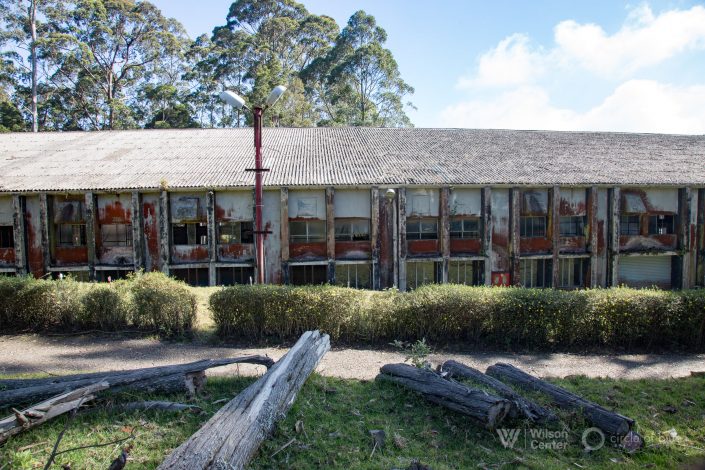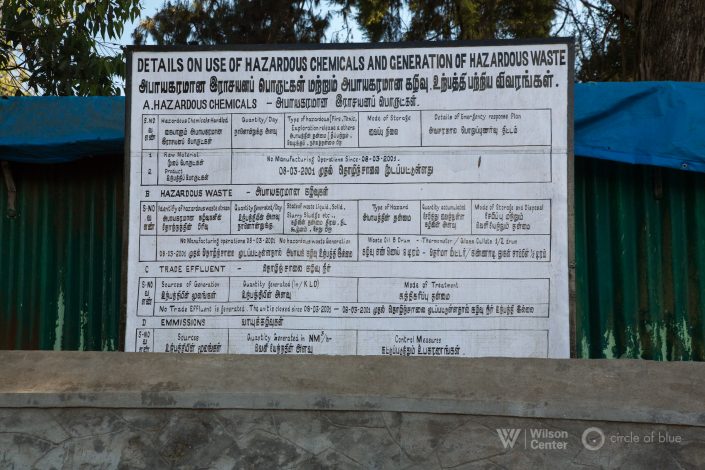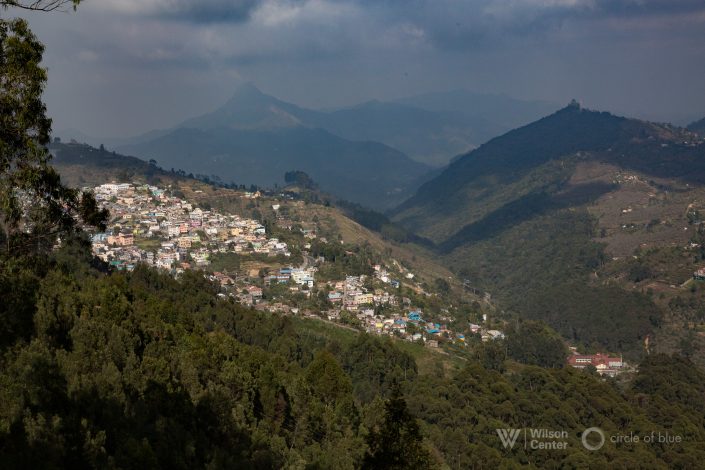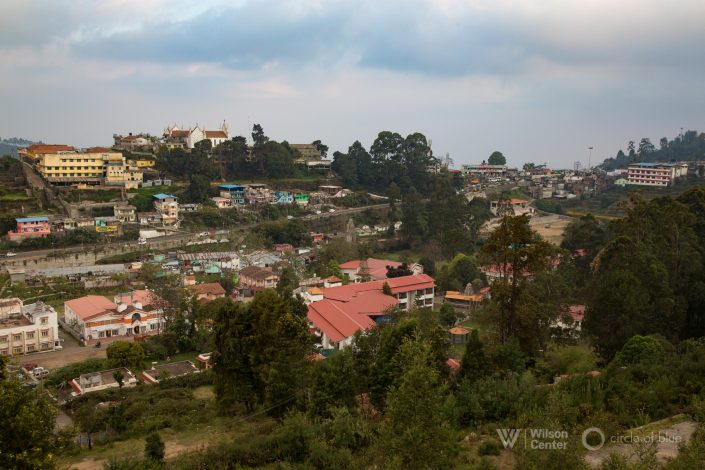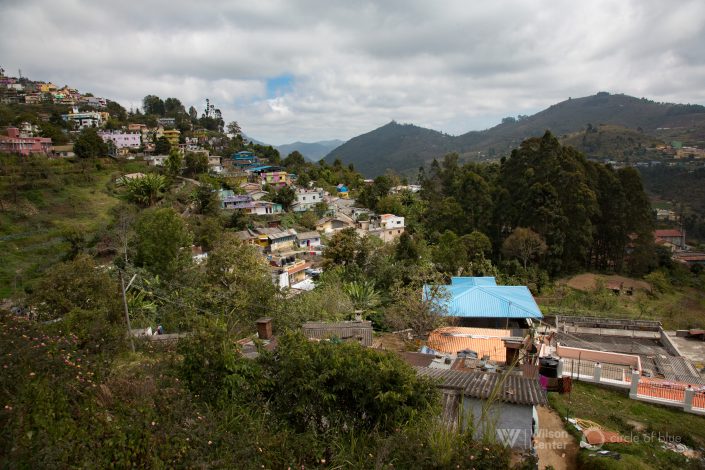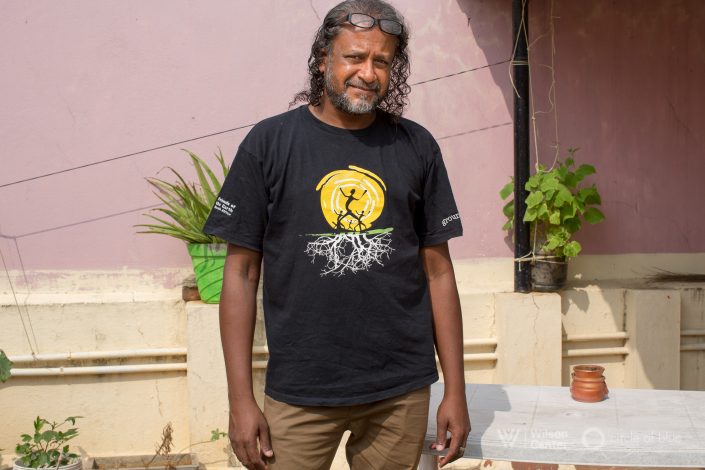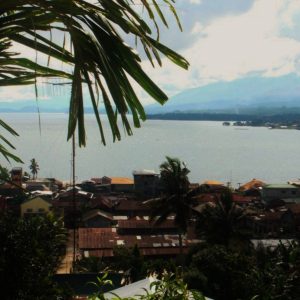 https://www.circleofblue.org/wp-content/uploads/2018/11/2017-01-India-Tamil-Nadu-DMalhotra_C4A7610-2500.jpg
1600
2400
Keith Schneider
https://www.circleofblue.org/wp-content/uploads/2018/06/Circle-of-Blue-Water-Speaks-600x139.png
Keith Schneider2018-07-03 15:03:082019-06-24 15:35:12Chennai’s Security Tied to Cleaning Up Its Water
https://www.circleofblue.org/wp-content/uploads/2018/11/2017-01-India-Tamil-Nadu-DMalhotra_C4A7610-2500.jpg
1600
2400
Keith Schneider
https://www.circleofblue.org/wp-content/uploads/2018/06/Circle-of-Blue-Water-Speaks-600x139.png
Keith Schneider2018-07-03 15:03:082019-06-24 15:35:12Chennai’s Security Tied to Cleaning Up Its WaterIndia’s Toxic Trail of Tears
An unending legacy of poisoning, pollution, and chemical pain.
By Keith Schneider
Circle of Blue – June 6, 2017
KODAIKANAL, India –In the dogged community of eco-activists, journalists, and artists that find common ground defending Tamil Nadu from rapacious development and rampant pollution, Nityanand Jayaraman stands out.
The only son of a central government Revenue Department administrator, Jayaraman spent his middle class boyhood living in three Tamil Nadu cities where he developed an allegiance to justice and the earth. His undergraduate engineering degree from PSG College of Technology in Coimbatore, and a master’s degree in journalism from Ohio University in the United States provided plenty of technical horsepower. The rest comes from within.
Tall and articulate, well-informed and restless, Jayaraman is highly regarded in southern India as an environmental writer and public interest activist. He is as equally adept at conducting penetrating investigations of institutional malfeasance and mismanagement as he is organizing demonstrations that force government and business executives to action.
That reputation has a clear starting date. On March 7, 2001, Jayaraman and several colleagues made public the findings of a three-month investigation of shoddy waste disposal practices at a thermometer manufacturing plant here owned by Unilever, the London-based consumer products multinational that makes Dove soap, Klondike ice cream bars, and other household goods. The calamity was unfolding in the unlikeliest place: a tourist hill town high in the Western Ghats, the forested mountain range that forms the border between Tamil Nadu and neighboring Kerala.
Jayaraman learned about the plant’s unsafe disposal practices from a friend who lived in Kodaikanal and worked for Greenpeace. With the help of another friend who was a photographer, Jayaraman documented in pictures and on video a 7-ton mound of mercury-laced broken thermometers illegally stored under a blue tarp in a scrap yard in the middle of this hill town of 36,500 residents. The two also discovered empty barrels and mercury-contaminated wastes strewn on a steep hillside behind the factory.
Mercury is a proven neurotoxin capable of causing brain damage, liver and kidney injuries, birth defects, and systemic illnesses even at low levels of exposure.
“We knew how dangerous these wastes were, and how big this story could become,” Jayaraman said in an interview. “We let plant workers know what we found. We organized a big demonstration to make sure that it would be on television and the company could not deny it.”
A video shot that day shows hundreds of workers chanting and marching in protest through Kodaikanal to the plant gate on St. Mary’s Road. A young and vocal Jayaraman, then 32-years-old, is already there to confront one of Unilever’s senior Indian plant managers.
“Are you going to be taking responsibility as a responsible organization?” Jayaraman demands.
“I would not like to comment on this now. I’m not authorized to speak to you now,” the manager replies.
Jayaraman persists. The manager, aware that he’s being taped and the crowd surrounding him is growing larger, keeps talking and blurts a statement that is entirely unfounded. “There’s no waste which is going outside this factory,” he says.
A Mercury Poisoning Event of Global Significance
The facts that Jayaraman and his colleagues disclosed that day produced a cascade of notable consequences for Unilever workers, the company, for Jayaraman, and especially for motivating Tamil Nadu’s public interest community. The evidence of unsecured mercury waste elevated environmental and social activism to much greater popular acceptance and prominence in Tamil Nadu.
A southeast India state along the Bay of Bengal, Tamil Nadu is an ancient place long identified by its centuries-old fishing and farming economies. But rapid population growth over the last three decades and India’s focus on a resource-intensive, western-style development strategy lured big industrial plants and projects. With them came mounting levels of water and air pollution, and serious workplace hazards that Indian authorities and industrial executives have been slow to address.
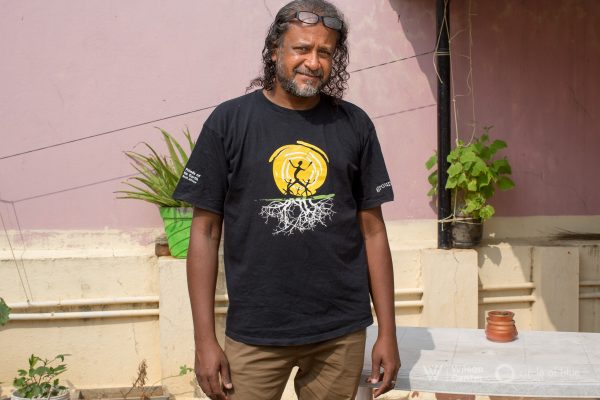
Nityanand Jayaraman, one of Tamil Nadu’s most respected journalists and activists, broke the story about mercury contamination in Tamil Nadu and helped lead the long struggle to compensate Unilever workers and their families. Photograph © Circle of Blue / Dhruv Malhotra
The Indian people, though, are super sensitive to industrial accidents, especially those involving toxic chemicals. Indians mourned the deaths of an estimated 20,000 people in the years after a 1984 leak of poison gas from a Union Carbide pesticide plant in Bhopal. It was the deadliest industrial disaster in history.
The actions that Jayaraman exposed in Kodaikanal were a new chapter in a national legacy of corporate indifference. Three weeks after the big demonstration at the Unilever plant, the Tamil Nadu Pollution Control Board revoked the factory’s operating license and the plant shut down. Unilever formally closed the plant the following June.
State investigations and intensive reporting by Jayaraman and other journalists laid bare a haphazard 18-year operating history that began when the plant opened in 1983. Kodaikanal was chosen for the plant site because its cool mountain temperatures were supposed to make mercury much easier and safer to handle. The Kodaikanal factory produced nearly 10 million mercury thermometers annually for markets in North America and Europe. But it did so with scant attention to safety.
Hundreds of workers complained about serious health effects from exposure to mercury. Workers concluded that mercury exposure led to at least 45 premature deaths among their colleagues, most of them in their 20s and 30s. Environmental investigators found mercury at elevated concentrations in land and water across Kodaikanal.
Unilever Discounts Hazard
Though the extent of the environmental contamination has been confirmed by state and university investigations, and Unilever reached an out-of-court settlement in March 2016 to compensate 591 injured and deceased workers and their families, the company insists that contamination at its Hindustan Unilever Limited (HUL) thermometer factory was not as serious as authorities have said.
In a statement last September, Unilever asserted that its Indian plant managers “did not dump glass waste contaminated with mercury on land behind its factory. Glass scrap with residual mercury had been sold to a scrap dealer about three kilometers away from the factory, in breach of our guidelines. HUL immediately closed the factory and launched an investigation. There were no adverse impacts on the health of employees or the environment. This has been confirmed by many independent studies. There was limited impact on the soil at some spots within the factory premises which required remediation.”
Jayaraman seethes at what he demonstrated are false assurances. The facts he and others confirmed about the extent of injuries and environmental contamination disprove the company’s assertions. But Unilever’s dismissive attitude mirrors the institutional insouciance that many of Tamil Nadu’s industrial companies and regulators display for safety practices and waste management oversight. The result is that dangerous instances of persistent contamination and pollution, especially of surface and groundwater reserves, exist across the state.
One of them is the Tamil Nadu Chromates and Chemicals Limited plant in Ranipet, north of Chennai, and 516 kilometers (321 miles) from here. The plant, which employed 500 people and manufactured chromium- and sulfur-based chemicals for the leather tanning industry, was closed by state authorities for excessive toxic contamination in 1995 after 20 years of operation. Almost nothing has been done to clean up 227,000 metric tons of chromium wastes, which, according to health studies, are toxic and carcinogenic.
More Chemical Contamination in Tamil Nadu
An investigation last year by The Hindu, a major Chennai newspaper, found that 1,000 acres of nearby farmland have been idled because groundwater is contaminated with chromium and too dangerous to use for irrigation. Water supplies for nearby villages also are contaminated. Although the national and state governments have identified Ranipet as a zone of intense toxic contamination, neither government allocated funds to initiate a cleanup.
According to Pure Earth, A New York-based environmental group that works around the world to assist in toxic waste cleanups, “Toxic pollutants have permeated the Indian landscape, especially the waterways, where untreated industrial waste is often dumped. Add to this the estimated 32 billion liters (8 billion gallons) of untreated sewage that flows into the country’s rivers every day, and you have a ticking health bomb.”
Another area of concern, according to state studies, is the deteriorated condition of Tamil Nadu’s groundwater. Not only are aquifer levels declining due to water scarcity and heightened consumption, but a sizable share of them are tainted with heavy metals, pesticides, nitrates, and industrial pollutants. The Tamil Nadu government and university departments are tracking the spread of contamination in state aquifers. Little, though, is being spent to reduce it.
Prime Minister Narendra Modi, who is aware of how western-style development is scarring his nation, launched a national environmental cleanup program in 2014. But India’s investment in clean air and water is not nearly sufficient.
“The government must put its money where its mouth is by allocating a budget of $US 50 billion for the next three years,” wrote Govindasamy Agoramoorthy, a researcher at the Gujarat Institute of Desert Ecology, in a prominent 2012 essay in the Journal of Environmental Science and Technology. “Given the fact that the government alone cannot solve the pollution predicament, it is essential to reform policy so that a useful tri-sector partnership involving government, NGOs, and industries could be established to ease the crisis. Without it, India cannot escape from its enduring environmental nightmare.”
That last point is not lost on Jayaraman and the alliance of environmental activists, artists, photographers, journalists, and community leaders that orbit his office in Chennai, the state capital. Collectively, and often with Jayaraman serving as mentor, the activists have made a name by springing into action to curb existing threats and block new ones from arising. Securing clean water and limiting water pollution are high civic priorities.
So Much To Do
Their work is endless. A succession of natural, man-influenced, and manmade disasters has battered the state over the last two years. A flood drowned most of Chennai in 2015, causing chemical and sewage waste lagoons to overflow into streets, streams, and the Bay of Bengal. A cyclone and the deepest drought in over a century struck in 2016, causing more damage to streams and forests and more disruption in freshwater supplies. Then in January 2017, two tanker ships collided in a channel north of Chennai, uncorking a huge spill of heavy oil that spread in thick mats on Bay of Bengal beaches and damaged nearshore fisheries. Residents accused the Indian Coast Guard of being too slow to react.
Jayaraman was already involved in the region north of Chennai where the oil spill occurred. He and several young activists work with fishing communities block and reverse the degradation of Ennore Creek – a wetland surrounded by coal-fired power stations, and petrochemical plants.
He’s also been active with groups at the southern tip of Tamil Nadu, where the 2,000-megawatt Kudankulam power plant, India’s largest nuclear generating station, has attracted some of the country’s biggest environmental demonstrations prompted by concerns about reactor safety and discharges of heated water into fishing grounds.
In central Tamil Nadu, in the Cauvery Delta farm district of Neduvasal, an active opposition campaign has erupted over the national government’s approval of a private energy company’s plan to develop oil and natural gas. Supported by local young people, thousands of farmers have demonstrated since mid-February, protesting the development. Water pollution in this water-scarce region, and air contamination, are central concerns.
Just as in the Kodaikanal mercury campaign, Jayaraman has his hand in these and many of Tamil Nadu’s other visible environmental clashes. His carefully reported and detailed article on hydrocarbon development in The Wire in February 2017 filled in needed details for local government officials and protesters in Neduvasal.
More recently, Jayaraman and his allies have relied on graphic designers, Web entrepreneurs, young artists, videographers, and photographers to disseminate details and messages in new ways. The protests at Kudankulam gained credibility and energy from striking black and white photographs taken on the front lines by Amirtharaj Stephen and widely displayed on the streets of the state’s southern cities.
New Organizing Tools
The Ennore protesters have been aided by a music video conceived by Jayaraman, “Chennai Poromboke Paadal,” that features T.M. Krishna, one of India’s most acclaimed singers. The video laments the damage caused by development and industrial pollution on Ennore Creek and the estuary.
Like a flood gathering speed and power, the convergence of music, video, and social media is producing indisputable evidence that the new tools work. Frustrated by Unilever’s 14-year strategy of denying responsibility for injuries and damages to land and water, Jayaraman asked Chennai rapper Sofia Ashraf for help. The hip hop artist wrote a rap song critical of Unilever, and put it to the music of Nicki Minaj’s “Anaconda.” With Jayaraman’s help, Ashraf shot a three-minute video, “Kodaikanal Won’t,” and posted it to YouTube in July 2015.
The video went viral after Minaj saw it and tweeted her appreciation to nearly 20 million fans. “Kodaikanal Won’t” also received international press attention. Unilever scrambled into action, assuring its investors of the company’s commitment to socially responsible business practices. It also convened talks with injured workers and the families of deceased workers. The out-of court settlement was reached the following March.
Jayaraman is convinced that influential citizen movements, like the one that disclosed the Kodaikanal contamination, are steadily pushing Tamil Nadu industries to be more mindful of their operating practices. Government, he said, also needs to more eagerly embrace its responsibilities to regulate companies and enforce the law.
Jayaraman is not convinced that influential citizen movements, like the one that disclosed the Kodaikanal contamination, are pushing Tamil Nadu industries to be more mindful of their operating practices. “Corporate behavior will not change unless companies see a credible deterrent in the form of stringent enforcement of liability for environmental violations,” he said. Government, he said, also needs to more eagerly embrace its responsibilities to regulate companies and enforce the law.
Government responses to focused activism are reluctantly changing, though. “There have been some changes at the policy level,” said Jayaraman. “The Central Pollution Control Board has issued guidelines for affixing liability for remediation of contaminated sites. The National Program for Remediation of Polluted Sites has taken on the remediation of eight contaminated sites nationally as a priority. The Central Pollution Control Board has identified 33 sites, including Kodaikanal, in its list of contaminated sites awaiting cleanup.”
While he and other leaders have been successful in organizing big demonstrations, the 16-year struggle with Unilever is a clear example that progress is grudging. With so many instances of serious pollution, it is natural to ask whether Tamil residents will throw up their hands.
“It is not the case that Tamil residents have grown weary,” said Jayaraman. “Some communities may have lapsed into silence. But there are many others that are still fighting to change the system, and that is evident now more than before.”
More Choke Point: Tamil Nadu
 https://www.circleofblue.org/wp-content/uploads/2018/11/2017-01-India-Tamil-Nadu-DMalhotra_C4A7610-2500.jpg
1600
2400
Keith Schneider
https://www.circleofblue.org/wp-content/uploads/2018/06/Circle-of-Blue-Water-Speaks-600x139.png
Keith Schneider2018-07-03 15:03:082019-06-24 15:35:12Chennai’s Security Tied to Cleaning Up Its Water
https://www.circleofblue.org/wp-content/uploads/2018/11/2017-01-India-Tamil-Nadu-DMalhotra_C4A7610-2500.jpg
1600
2400
Keith Schneider
https://www.circleofblue.org/wp-content/uploads/2018/06/Circle-of-Blue-Water-Speaks-600x139.png
Keith Schneider2018-07-03 15:03:082019-06-24 15:35:12Chennai’s Security Tied to Cleaning Up Its Water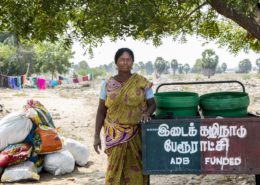 https://www.circleofblue.org/wp-content/uploads/2017/05/2015-02_C4A4885-DMalhotra-2500-e1498222900407.jpg
1090
2042
Keith Schneider
https://www.circleofblue.org/wp-content/uploads/2018/06/Circle-of-Blue-Water-Speaks-600x139.png
Keith Schneider2017-06-23 08:52:432018-11-29 14:59:30This is Tamil Nadu
https://www.circleofblue.org/wp-content/uploads/2017/05/2015-02_C4A4885-DMalhotra-2500-e1498222900407.jpg
1090
2042
Keith Schneider
https://www.circleofblue.org/wp-content/uploads/2018/06/Circle-of-Blue-Water-Speaks-600x139.png
Keith Schneider2017-06-23 08:52:432018-11-29 14:59:30This is Tamil Nadu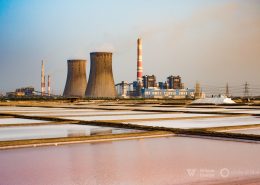 https://www.circleofblue.org/wp-content/uploads/2017/06/2017-01-India-Tamil-Nadu-DMalhotra_C4A5938-2500.jpg
1366
2048
Keith Schneider
https://www.circleofblue.org/wp-content/uploads/2018/06/Circle-of-Blue-Water-Speaks-600x139.png
Keith Schneider2017-06-14 06:42:312017-08-22 12:19:45Mindful of Water Scarcity, Cost, and Pollution, Tamil Nadu Turns to Sun and Wind Power
https://www.circleofblue.org/wp-content/uploads/2017/06/2017-01-India-Tamil-Nadu-DMalhotra_C4A5938-2500.jpg
1366
2048
Keith Schneider
https://www.circleofblue.org/wp-content/uploads/2018/06/Circle-of-Blue-Water-Speaks-600x139.png
Keith Schneider2017-06-14 06:42:312017-08-22 12:19:45Mindful of Water Scarcity, Cost, and Pollution, Tamil Nadu Turns to Sun and Wind Power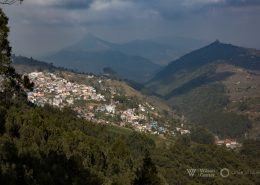 https://www.circleofblue.org/wp-content/uploads/2017/06/2017-01-India-Tamil-Nadu-DMalhotra_C4A6606-2500.jpg
1667
2500
Keith Schneider
https://www.circleofblue.org/wp-content/uploads/2018/06/Circle-of-Blue-Water-Speaks-600x139.png
Keith Schneider2017-06-06 15:56:442018-12-04 13:51:22India’s Toxic Trail of Tears
https://www.circleofblue.org/wp-content/uploads/2017/06/2017-01-India-Tamil-Nadu-DMalhotra_C4A6606-2500.jpg
1667
2500
Keith Schneider
https://www.circleofblue.org/wp-content/uploads/2018/06/Circle-of-Blue-Water-Speaks-600x139.png
Keith Schneider2017-06-06 15:56:442018-12-04 13:51:22India’s Toxic Trail of Tears https://www.circleofblue.org/wp-content/uploads/2017/05/2017-01-India-KSchneider-51530028-logo-2500.jpg
1262
2048
Circle Blue
https://www.circleofblue.org/wp-content/uploads/2018/06/Circle-of-Blue-Water-Speaks-600x139.png
Circle Blue2017-05-31 12:34:282019-04-01 10:41:31Pursuing Riches, Miners Plunder Tamil Nadu’s River Sand
https://www.circleofblue.org/wp-content/uploads/2017/05/2017-01-India-KSchneider-51530028-logo-2500.jpg
1262
2048
Circle Blue
https://www.circleofblue.org/wp-content/uploads/2018/06/Circle-of-Blue-Water-Speaks-600x139.png
Circle Blue2017-05-31 12:34:282019-04-01 10:41:31Pursuing Riches, Miners Plunder Tamil Nadu’s River Sand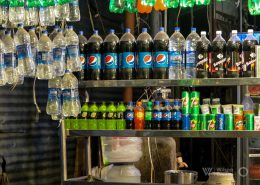 https://www.circleofblue.org/wp-content/uploads/2017/05/2017-01-India-bottled-water-KSchneider-IMG_6676-logo-2500.jpg
1180
2048
Keith Schneider
https://www.circleofblue.org/wp-content/uploads/2018/06/Circle-of-Blue-Water-Speaks-600x139.png
Keith Schneider2017-05-24 13:12:552018-12-04 11:27:01The Right to Life and Water: Drought and Turmoil for Coke and Pepsi in Tamil Nadu
https://www.circleofblue.org/wp-content/uploads/2017/05/2017-01-India-bottled-water-KSchneider-IMG_6676-logo-2500.jpg
1180
2048
Keith Schneider
https://www.circleofblue.org/wp-content/uploads/2018/06/Circle-of-Blue-Water-Speaks-600x139.png
Keith Schneider2017-05-24 13:12:552018-12-04 11:27:01The Right to Life and Water: Drought and Turmoil for Coke and Pepsi in Tamil Nadu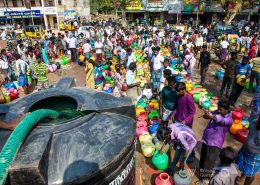 https://www.circleofblue.org/wp-content/uploads/2017/05/2017-01-India-Tamil-Nadu-DMalhotra_C4A6151-2500.jpg
1667
2500
Keith Schneider
https://www.circleofblue.org/wp-content/uploads/2018/06/Circle-of-Blue-Water-Speaks-600x139.png
Keith Schneider2017-05-12 07:18:152019-06-24 15:35:29In City Prone to Drought, Chennai’s Water Packagers Rush In
https://www.circleofblue.org/wp-content/uploads/2017/05/2017-01-India-Tamil-Nadu-DMalhotra_C4A6151-2500.jpg
1667
2500
Keith Schneider
https://www.circleofblue.org/wp-content/uploads/2018/06/Circle-of-Blue-Water-Speaks-600x139.png
Keith Schneider2017-05-12 07:18:152019-06-24 15:35:29In City Prone to Drought, Chennai’s Water Packagers Rush In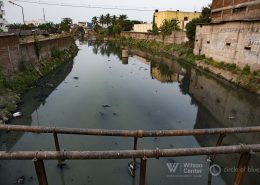 https://www.circleofblue.org/wp-content/uploads/2017/05/2015-02_C4A5036-DMalhotra-2500.jpg
1366
2048
Circle Blue
https://www.circleofblue.org/wp-content/uploads/2018/06/Circle-of-Blue-Water-Speaks-600x139.png
Circle Blue2017-05-03 13:07:132018-12-04 11:19:10Rampage of Water and Social Entrepreneurs Push Chennai to Consider New Growth Strategy
https://www.circleofblue.org/wp-content/uploads/2017/05/2015-02_C4A5036-DMalhotra-2500.jpg
1366
2048
Circle Blue
https://www.circleofblue.org/wp-content/uploads/2018/06/Circle-of-Blue-Water-Speaks-600x139.png
Circle Blue2017-05-03 13:07:132018-12-04 11:19:10Rampage of Water and Social Entrepreneurs Push Chennai to Consider New Growth Strategy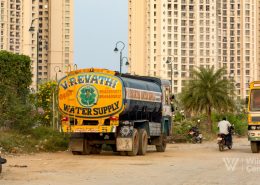 https://www.circleofblue.org/wp-content/uploads/2017/04/2017-01-India-Tamil-Nadu-DMalhotra_C4A7108-2500-e1493125279687.jpg
620
1600
Circle Blue
https://www.circleofblue.org/wp-content/uploads/2018/06/Circle-of-Blue-Water-Speaks-600x139.png
Circle Blue2017-04-25 07:07:522019-06-24 15:37:01A Torrent of Water and Concrete Imperil Chennai’s IT Boom
https://www.circleofblue.org/wp-content/uploads/2017/04/2017-01-India-Tamil-Nadu-DMalhotra_C4A7108-2500-e1493125279687.jpg
620
1600
Circle Blue
https://www.circleofblue.org/wp-content/uploads/2018/06/Circle-of-Blue-Water-Speaks-600x139.png
Circle Blue2017-04-25 07:07:522019-06-24 15:37:01A Torrent of Water and Concrete Imperil Chennai’s IT Boom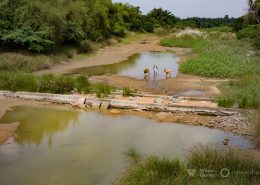 https://www.circleofblue.org/wp-content/uploads/2017/04/2017-01-India-Tamil-Nadu-DMalhotra_C4A5709-2500-1.jpg
1667
2500
Keith Schneider
https://www.circleofblue.org/wp-content/uploads/2018/06/Circle-of-Blue-Water-Speaks-600x139.png
Keith Schneider2017-04-19 12:16:272018-12-03 15:03:56Water Scarcity Causes Cauvery Delta Anguish
https://www.circleofblue.org/wp-content/uploads/2017/04/2017-01-India-Tamil-Nadu-DMalhotra_C4A5709-2500-1.jpg
1667
2500
Keith Schneider
https://www.circleofblue.org/wp-content/uploads/2018/06/Circle-of-Blue-Water-Speaks-600x139.png
Keith Schneider2017-04-19 12:16:272018-12-03 15:03:56Water Scarcity Causes Cauvery Delta AnguishThe conflicting demand for water, food, and energy is one of the defining challenges of the 21st century. Global Choke Point, a collaboration between Circle of Blue and the Wilson Center, explores the peril and promise of this nexus with frontline reporting, data, and policy expertise. “Choke Point: Tamil Nadu” is supported by the U.S. Consulate General in Chennai. Jayshree Vencatesan of Care Earth Trust, Nityanand Jayaraman, and Amirtharaj Stephen provided expertise and invaluable guidance.
Sources: Bloomberg New Energy Finance, Central Electricity Authority (India), Circle of Blue, Community Environmental Monitoring, Enerdata, Frankfurt School of Finance and Management, Ministry of Coal (India), Public Finance Public Accountability Collective, The Times of India, U.S. Energy Information Administration, United Nations Environment Program.
Photo Credits: Used with permission courtesy of Dhruv Malhotra/Circle of Blue. Map and Graphics: Used with permission courtesy of Cody Pope/Circle of Blue.
Circle of Blue’s senior editor and chief correspondent based in Traverse City, Michigan. He has reported on the contest for energy, food, and water in the era of climate change from six continents. Contact
Keith Schneider
Related
© 2023 Circle of Blue – all rights reserved
Terms of Service | Privacy Policy

